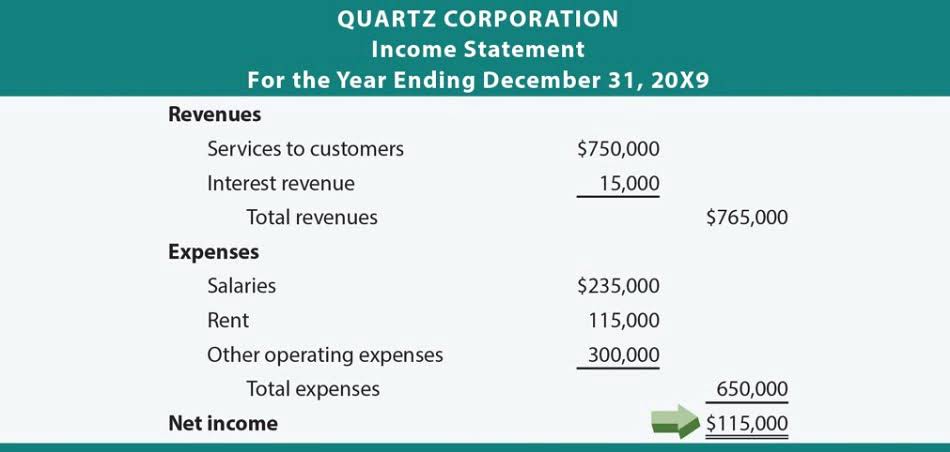The Financial Chart of Accounts for Architects

This is the guiding rationale behind project accounting, after all, and it’s applicable to everyone from solo practitioners to large firms. Tracking data on the project level gives you the ability to pinpoint—and make the most of—sources of profit, while actively identifying problems before they ruin everything. Your firm may review your financials on a monthly or quarterly basis, but your projects may be over in less time than that. Consequently, you need to measure profits and losses, utilization, margins, earned value, and more on a much more frequent basis.
The Difference Between Tax/Compliance Accounting and Management Accounting

Additionally, architects must navigate compliance with local regulations and tax codes, which vary by region. Managing multiple adjusting entries projects simultaneously further complicates accurate financial tracking. Emphasizing either KPI over the other diminishes the other’s results and may actually cause “gaming” of the system, but the payroll multiplier catches it.

Understanding Fund Accounting: The Backbone of Nonprofit Finances

However, rather than “everything else,” indirect expenses are more easily explainable and understandable if the category is viewed as having two components, one of which is quasi-labor related. Projects usually have engineering consultants—structural, civil, MEP, etc.—working on the project through the architect’s contract whose fees also have to be included on the invoice. In addition, there may be any number of other expenses included in the invoice. In fact, consultant fees and other expenses can be 40% or more of total fees. These types of project-related expenses are the first expense category.
- You should run these calculations for a twelve-month period, as there are overhead expenses that should be evenly spread over the twelve months.
- Here is a short overview of the main reasons why you should think about adopting it in addition to your standard accounting procedures.
- Our team consistently communicates with you, providing bookkeeping updates tailored to your architectural business.
- Architectural accounting is the specialized financial management process used by architectural firms.
Basic categories of revenue & expense
This is how much you would expect to see in return on your expenses and it is listed as a percentage of your expense. Some recommendations are a 20% return, meaning you should see a 20% return on the expenses you calculated in step one. Use the answers unearthed in the steps before creating your talent plan. Outline the steps you went through to get to the plan, so anyone can follow your thoughts. The project backlog is work that has been approved but still needs to be completed. You are almost 100% sure that work will be completed in that time and you will be receiving those payments.
Bench integrates with your favorite small business tools
Follow their extensive examples (they are fantastic), if you feel like you need more help with financial management. Know the unemployment rates, the number of job openings, and labor costs. Knowing all of this will help you form your plan – especially the money you will need to https://www.bookstime.com/articles/recurring-billing have available for salaries. Unidentified future work demonstrates the work that must be found to bridge the gap between the revenue you will have from your backlog and outstanding proposals.
Compliance with IRS Tax Laws

In architectural firms, billing is usually tied to project phases or milestones, rather than traditional hourly billing. This makes tracking progress critical for accurate invoicing and cash flow management. Wave is an online accounting platform that has been conceptualized and designed specifically for small businesses, freelancers, and consultants. Waves allow expense tracking, payment tracking, billing, and credit card processing, generating the most popular reports like tax reports, balance sheets, cash flow statements and so on.
- With the right software, project accounting can be surprisingly straightforward.
- As your record of past historical and financial activity grows, the quality and accuracy of your forecasts of future financial and business activity will improve.
- It’s not the same as the statement of financial position in the accounting report, which is a summary of the financial information for the business.
- On average, expect to spend 15 minutes each month answering questions for your bookkeeper, or uploading supporting docs.
- In this article, we will give an overview of the accounting software for architects that you should consider using or switching to in 2022.
- Architects face unique financial challenges that require specific accounting practices.
- It represents the work you will need to put in to find additional projects and clients in the coming year.
Accounting Software For Architects Pricing Comparison Table:
Further, higher indirect labor itself causes overhead to increase (a simultaneous increase in the numerator of the overhead rate equation). As such, the first place to look for any explanation for variances in the overhead rate bookkeeping for architects is to look for changes in utilization rate. As discussed, the net revenues that appear on an income statement are recognized as that firm’s funds from which it pays its own expenses. As such, a firm’s operating expenses encompass the remaining three expense categories. In the example income statement, operating expenses, which are net revenue minus operating profit, total $90,000.